Product photography is a fantastic way to advertise your products and create engagement with your audience. In the age of social media, there is an exorbitant amount of content and everyone’s competing for screen time. This means that for your brand to maximize its reach, there must be interesting content for an audience to engage with. Thankfully, the barrier of entry to establish an online presence and generate sales has never been lower. Anyone with a phone and an internet connection can market their business. However, not all photos are created equal.
Let’s say you’re the owner of a restaurant and want to add pictures to your new menu. The signature burger is your best seller so you want that to be the first thing customers see when they open the menu. However, the lighting isn’t the best there and everything looks a little yellow. That burger tastes amazing, but is that picture appetizing?
So what went wrong? People like your burger, but the picture isn’t catching people’s eye, or at least not for the right reasons. It’s no secret that food advertising is full of tricks to make food look more appetizing, but you don’t need to add glue, sponges, and other non-food items into your burger to achieve tasty results. Here are 5 ways to improve your product photography.
Lighting
Lighting can often be overlooked. While cameras can shoot in low light situations, the process involves raising its International Organization for Standardization (ISO) value which tells the camera’s sensor to add more light. At a certain point, there won’t be enough light and the camera will add light artificially. This process adds pixelation to the image which reduces the image quality.
When talking about ISO, the size of the camera’s sensor impacts its effectiveness in low light settings. A phone’s sensor is a lot smaller than the full frame sensor you see in professional grade DSLR or Mirrorless cameras. A larger sensor is an advantage when dealing with low light situations, but no sensor can overcome a photo that is not properly lit.
A professional lighting setup will not only make the subject bright and beautiful, but it will also act to remove any unwanted shadows and separate the subject from the background. This will help create a 3 dimensional effect that will help your item pop!
White Balance
Lights can illuminate a variety of colors, but not all color combinations will work for your photos. While most phones automatically white balance, the system is not full proof. That’s why when professionals set up their shot, they often use a white card to dial in the proper color temperature and avoid fixing things afterwards while editing. If you are unable to change the white balance on your camera, most photo editing software offers ways to tweak the colors. While changing the white balance after the fact may be easy, it won’t always produce the best results and shouldn’t be relied upon. It is always best to get all of the settings correct before taking the picture to ensure a high quality image after any post production.
Background
While you are taking the photo for your subject, the background plays a huge role in what the image is trying to do. Are you trying to create a scene where your product would naturally be or in a studio with a carefully curated setting and backdrop? Both have their purpose when it comes to telling a story with your image. When you put a product on location, you are helping transport the customer there. They can imagine themselves sitting there and eating your burger. With the studio option, you are creating prestige. There is a perception that these items are of a higher quality because of the production value and polished look of the picture. Since both are effective, it becomes what aesthetic choices align with your brand and how you want your products to be perceived.
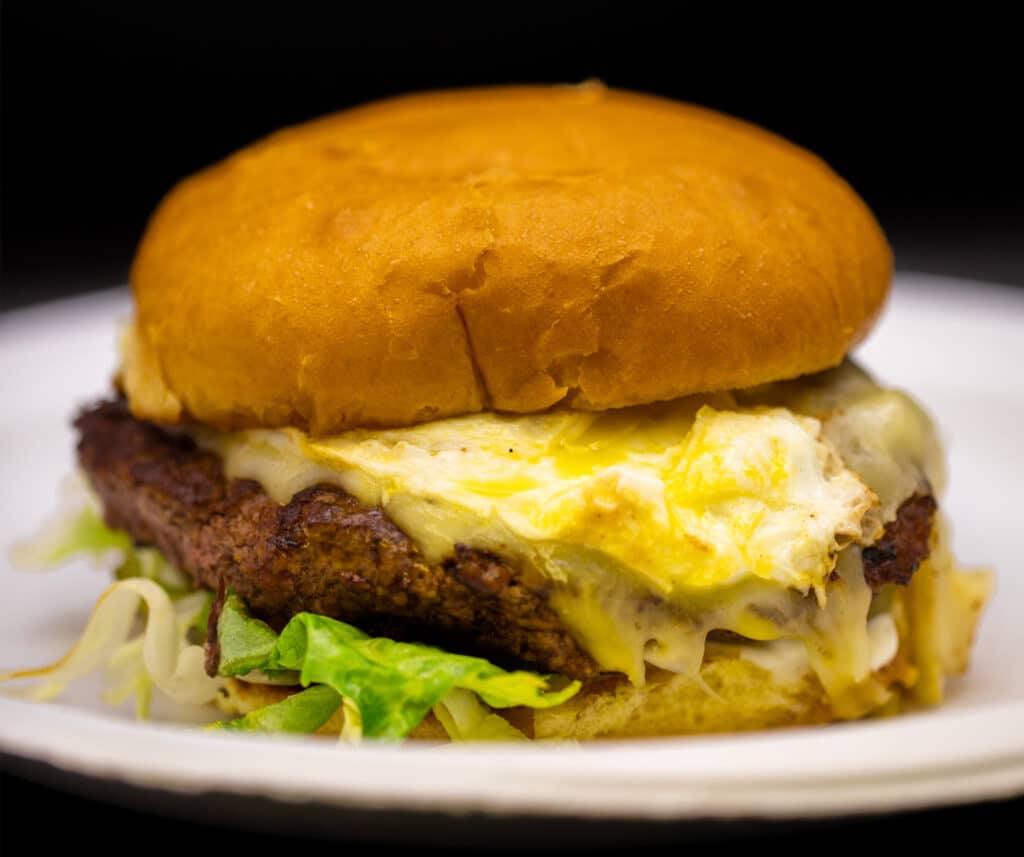
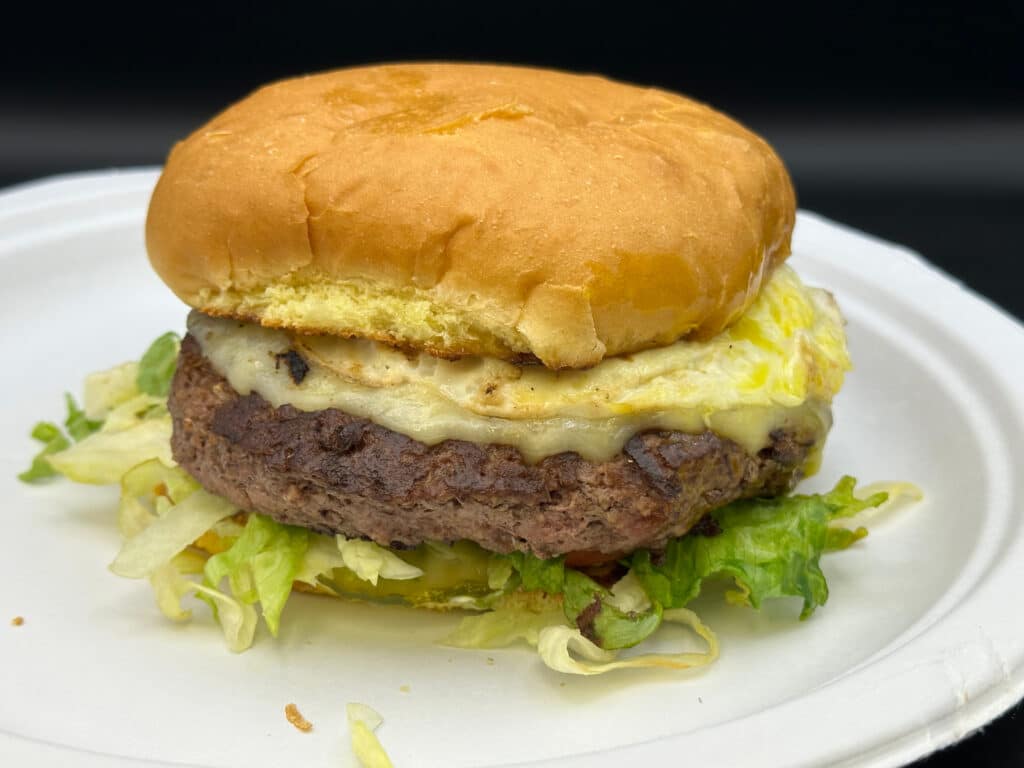
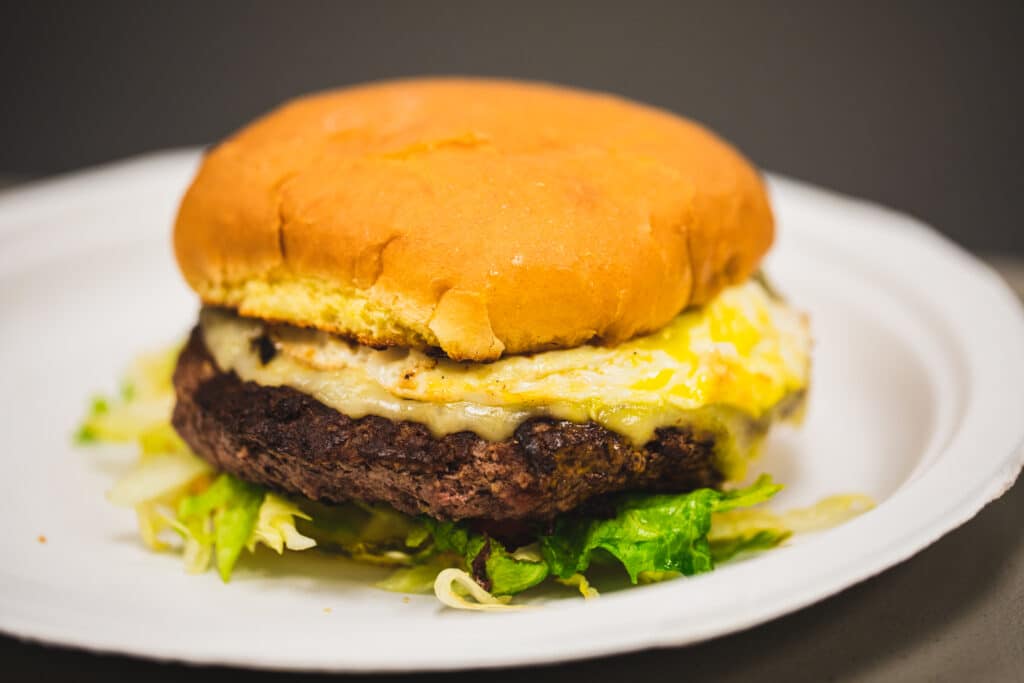
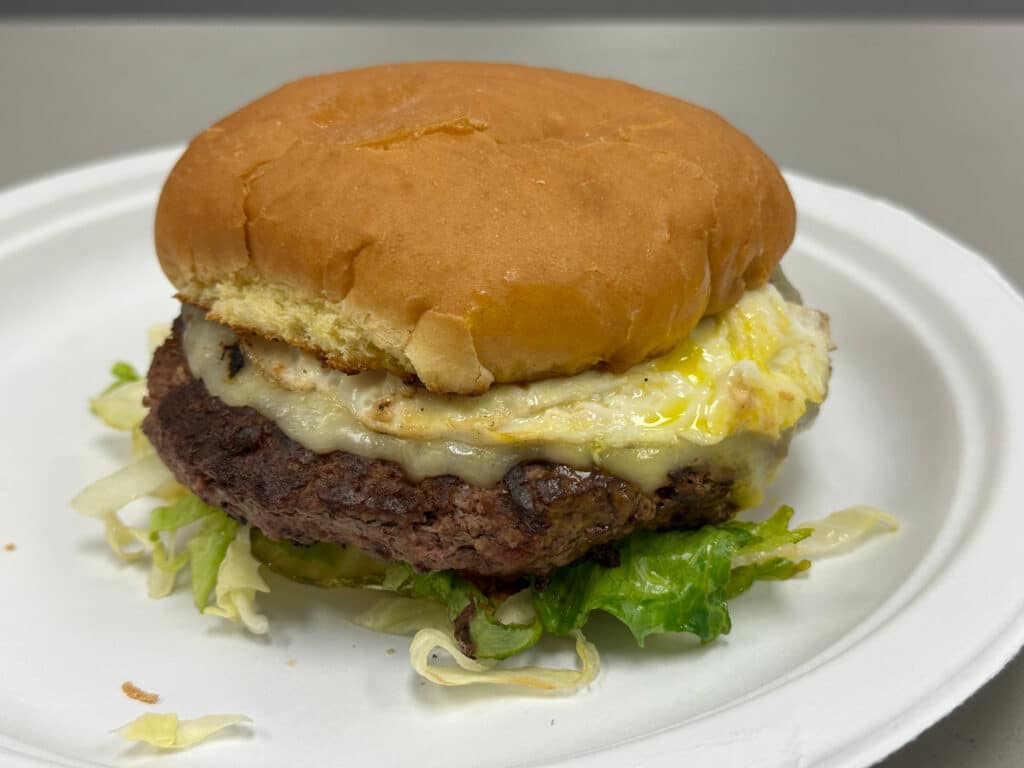
Camera Lens
Phone cameras have come a long way in the past few years, but if you’re looking for that nice blurred background, a professional camera with a good lens may be required. The blurry background, also known as a bokeh, is a well sought after effect. Lenses capable of doing this extremely well can go for thousands of dollars. There are a lot of factors that come into play when creating the bokeh effect. One notable way is by adjusting the focal length of the lens (f-stop). This metric plays a big role in the value of a lens. A lower f-stop translates to a more pronounced bokeh effect. A lens that achieves an f-stop of 2.8 is a good place to start when looking into professional level lenses.
The field of view with a lens will vary depending on how long the lens is. This value is measured in millimeters (mm). The larger the number, the more zoomed in the photo will be. 50mm is considered to be a normal reflection of how our eyes process the world. When the number gets lower, the scene gets wider and warps. Fish eye lenses are an extreme example of this as those lenses are typically around 8mm. The reverse of that is a longer lens. A wildlife photographer may use a 600mm telephoto lens to capture animals from a large distance without disturbing them. These longer lenses compress the background, putting it closer to the subject. This compression is great for shots that attempt to capture action shots like someone would at a sporting event.
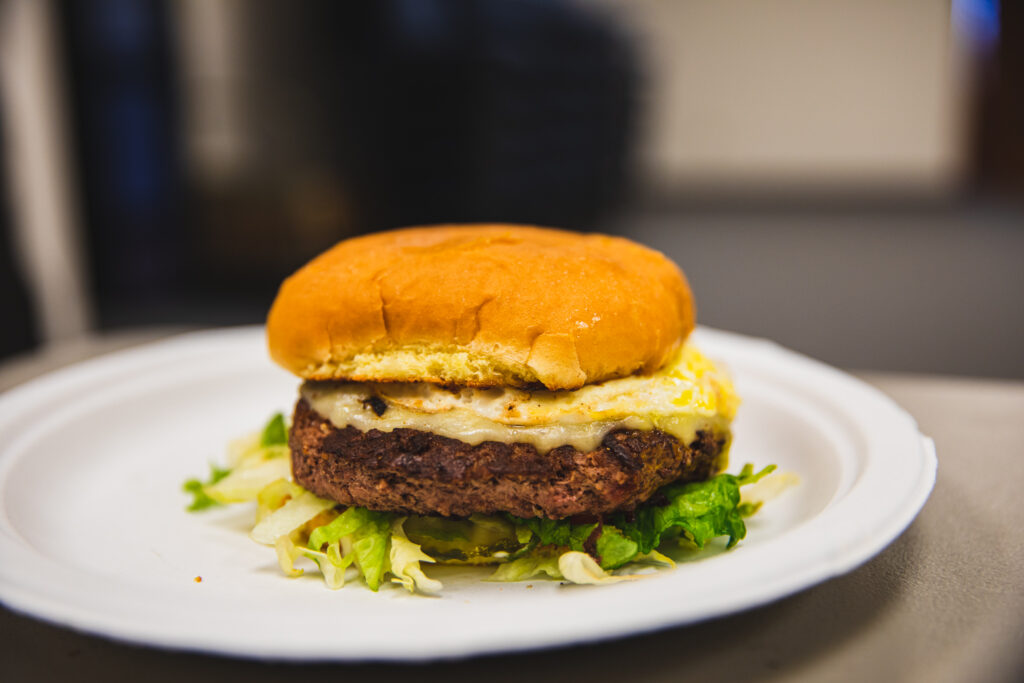
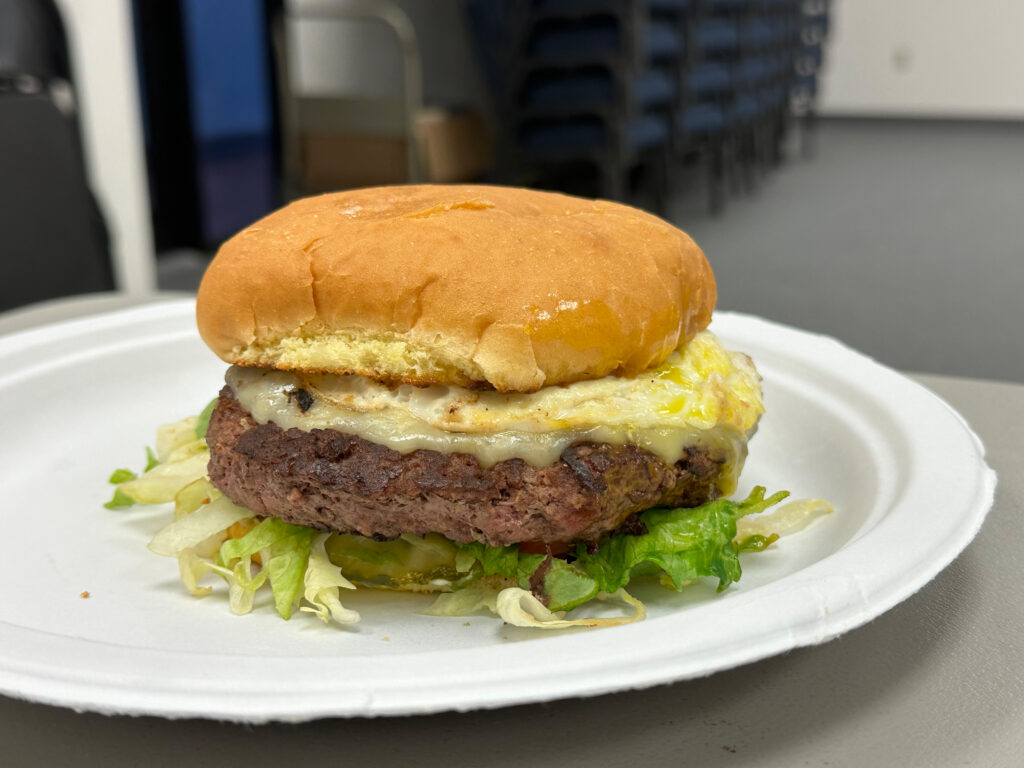
Hire a Professional Photographer
Taking your own product photos can be a time consuming process that involves a lot of trial and error. When you hire a professional, you are not only getting access to a lot of expensive equipment, but also a wealth of knowledge. It’s not uncommon for the photographer you hire to have a lot of experience marketing products and building brands!
Investing in high quality product photos is a great resource when marketing your business. Using professional quality photos attached to a marketing campaign can drive sales and engagement to your products and brand!
On top of photography, Lead Lamp Media can complete the circuit of your marketing campaign from production to execution. With web design, SEO campaigns and social media management, we can provide not only high quality content, but also the tools to sustain long term growth for your brand. If you’d like to learn more about how Lead Lamp Media can help you, please contact us today.
